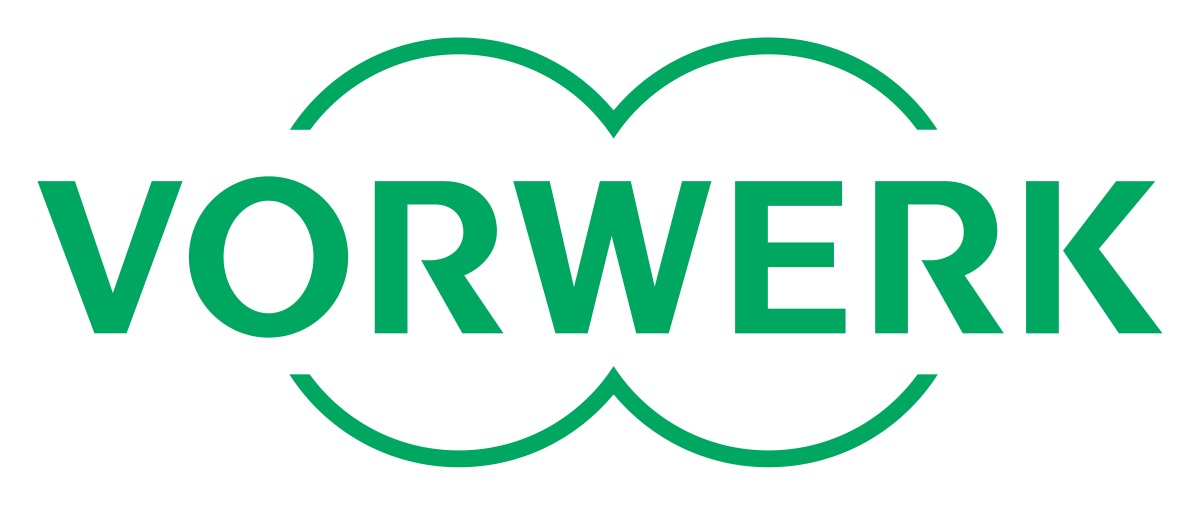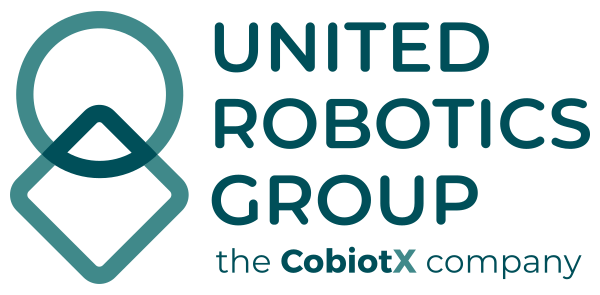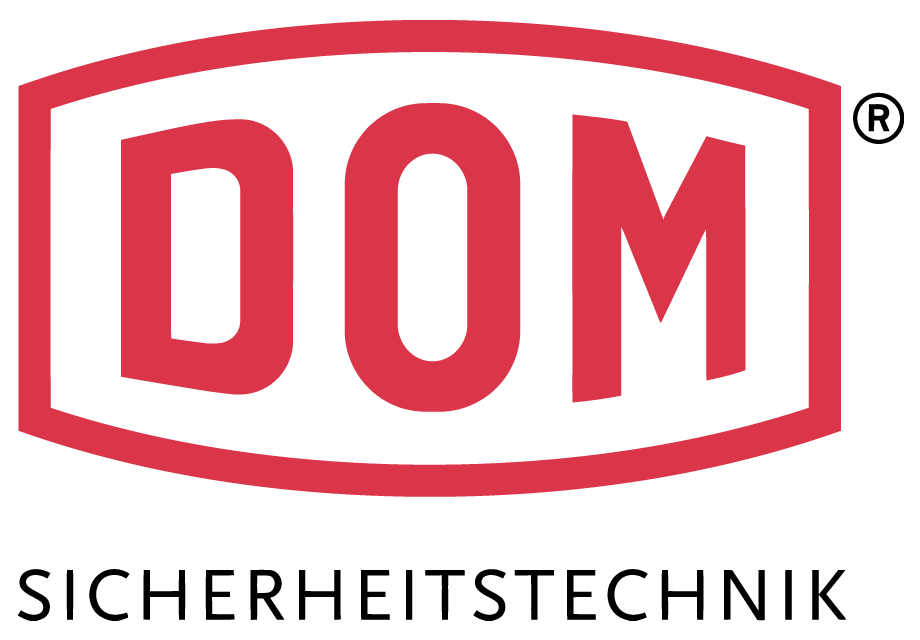Risk assessment
We carry out a risk assessment for you according to EN ISO 12100 and document it according to ISO/TR 14121
Identification of hazards
Every machine presents a variety of different hazards. All of these must be considered in the risk assessment. Starting with mechanical hazards such as crushing, impacts and shearing, and continuing with electrical hazards, thermal hazards, hazards caused by substances and more.
There are a variety of hazards that can occur and must be treated and assessed accordingly to ensure that your machine complies with the applicable directives and regulations.
We start the risk assessment of your machine with a comprehensive consideration of all possible hazards to ensure that none are overlooked.
Determination of risk
For each identified hazard, the risk is determined based on the severity of a possible injury, the length of time spent in the hazard area, the possibility of avoiding the hazard and the probability of occurrence.
The values chosen for the aforementioned parameters in the risk assessment are described and documented in detail so that in a later audit it can be understood how and why a risk was assessed as high or low in a risk assessment.
Risk mitigation measures
If, after determining the risk, the assessor concludes that the risk is unacceptable, measures must be taken to reduce the risk. These measures must be described and documented in detail so that there is no room for interpretation.
The detailed description of the measure also protects the person placing a machine on the market from possible manipulation after it has been placed on the market. If a measure is well described in a risk assessment and an accident occurs as a result of subsequent manipulation, the person who placed the machine on the market can use the risk assessment to prove that the system was delivered safely.
Force and pressure measurement for collaborative robot applications
If a robot system is operated collaboratively using the force and power limitation method, it must be demonstrated after applying this risk reduction measure that no injuries can occur in the event of a collision. To do this, the forces and pressures in all possible collision scenarios must be determined and evaluated within the application. The basis for the evaluation is ISO/TS 15066 and ISO/PAS 5672 for the calculation of the free collision.
We carry out this force and pressure measurement for you as part of our risk assessment and create a measurement report for you, which is attached to the risk assessment.
If you do not require a complete risk assessment from us and only need a force and pressure measurement including a measurement protocol, we would of course be happy to offer this to you as well.
Do you have any questions or would you like a quote?
We would be happy to arrange an appointment for a free initial consultation and discuss requirements, options and solutions with you.








